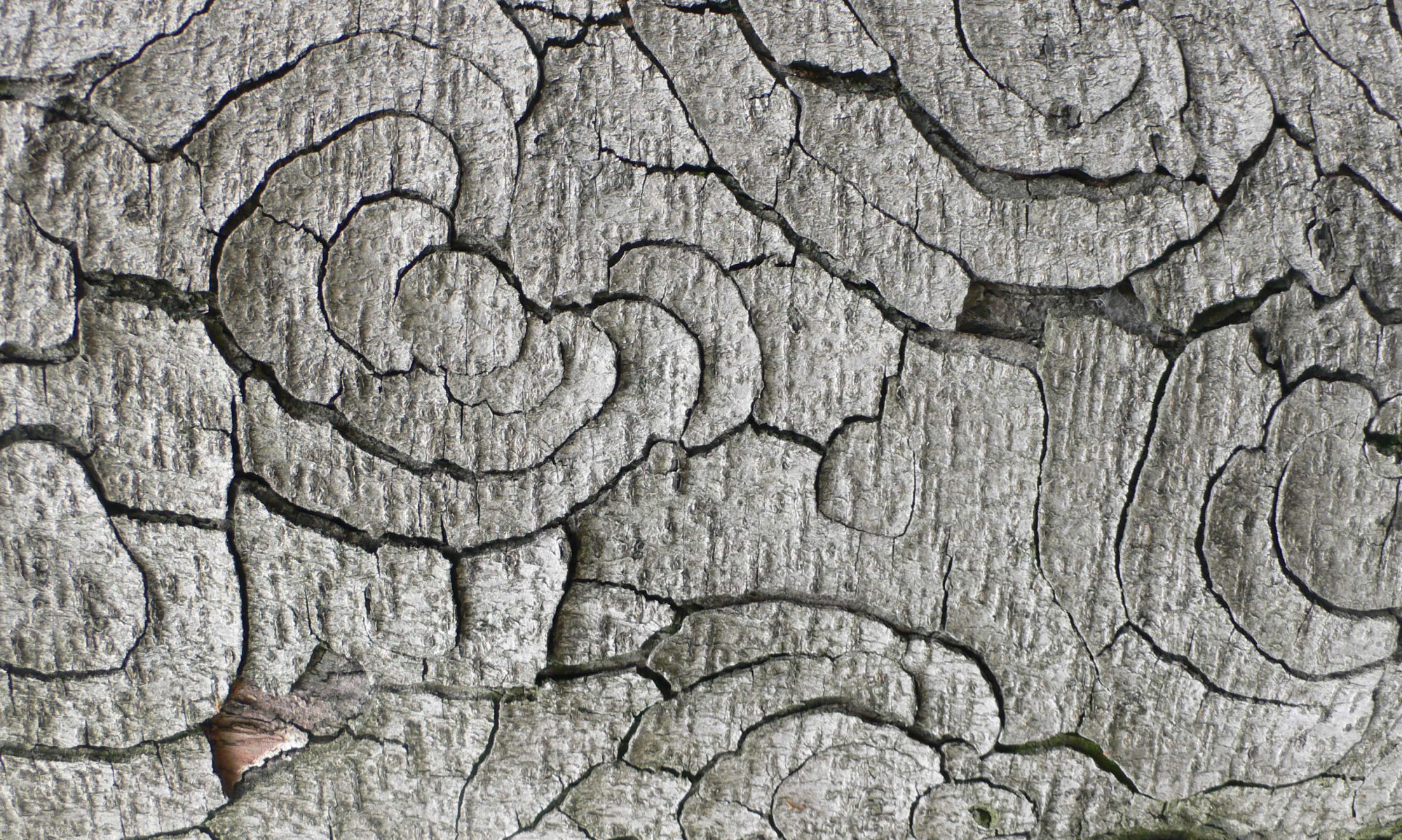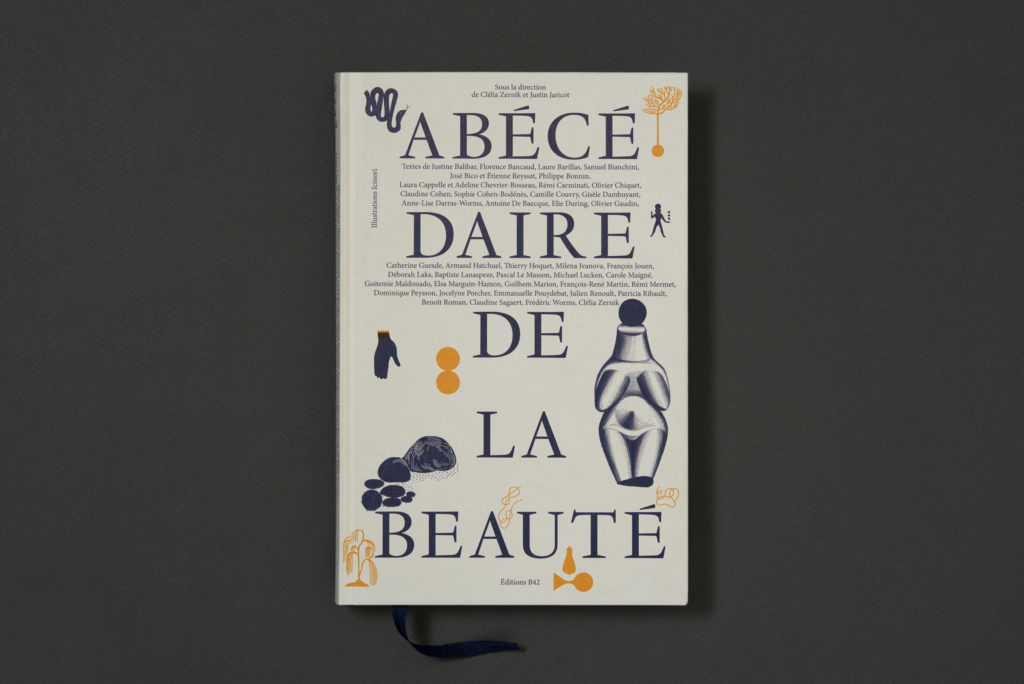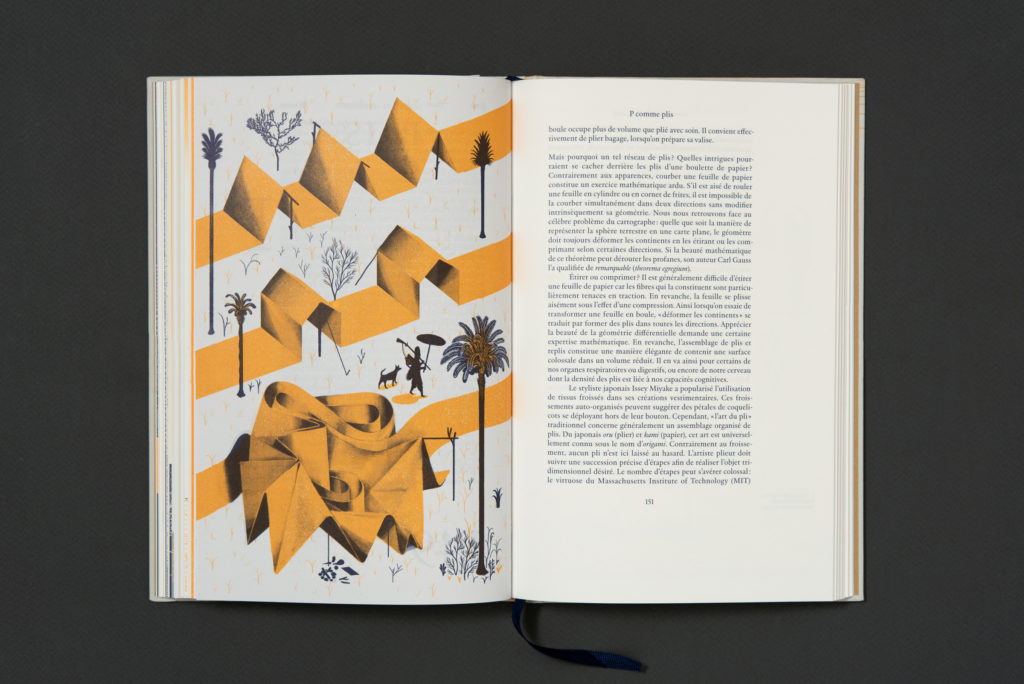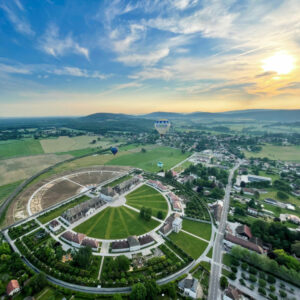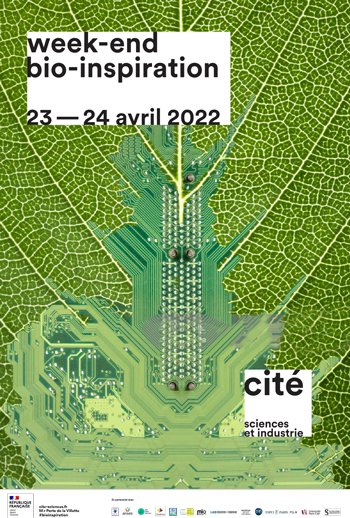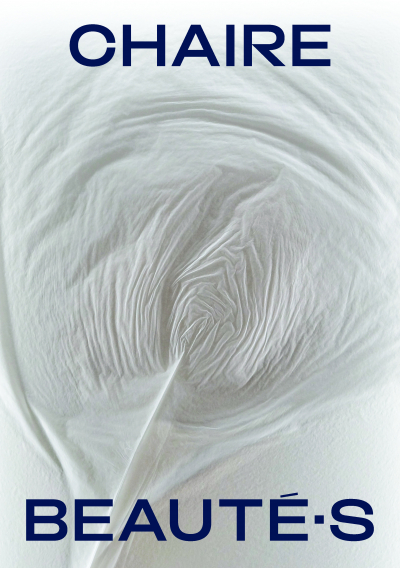SELF-MORPHING THROUGH PHYSICS, DESIGN AND ARCHITECTURE
A workshop extending the Automorph exhibit at the London Design Biennale on the 5th and 6th of June 2023 (Somerset House)

Take a minute and look around: the objects around you are solid structures shaped by applying external forces (cutting, assembling, carving, molding…), investing large quantities of energy and generating waste. But Nature uses different strategies with optimized and efficient use of material and energy: leaves, trees, and flowers are solid structures that develop via internal growth. Natural structures shape themselves, they are self-morphing systems.
How would life look like if our cars, commodities and houses were self-morphing? How much waste and energy could we save if we allow matter itself to be a partner in the shaping process? Could this help build a sustainable environment to live in? What new inventions could emerge from recognizing that solids are not necessarily passive, but can undergo changes, store information and even perform autonomous motions?
This highly interdisciplinary workshop is intended to present recent advances in various fields that involve shape-changing materials and objects (Architecture, Physics, Computer science, Design, Biology…). The aim is to foster discussion across disciplines and create a connected interdisciplinary community working on self-morphing.
PROGRAM:
5th of June : Keynote presentations spanning different fields, short presentations by participants and discussions :
- Lining Yao (Morphing Matter lab, Carnegie Mellon, USA) Design and shape-morphing
- Mark Pauly (Geometric Computing lab, EPFL, Switzerland) Feeling Flat and Frustrated? Just Pop into 3D: Computational design of morphing structures
- Richard Smith (John Innes Centre Computational and Systems Biology, Norwich UK) Biology and geometry of morphogenesis in plants
- Eran Sharon (Hebrew University, Israel) Physics and Mechanics of shape-morphing
- Sabetta Matsumoto (Georgia Institute of Technology School of Physics) Knitting geometry into fabric, stitch-by-stitch
- Jan Knippers (Institute of Building Structures and Structural Design (ITKE) U Stuttgart) Adaptive architecture
6th of June: Hands-on workshop for a smaller number of participants, with the aim of building a self-morphing structure
More info : WORKSHOP WEBSITE
